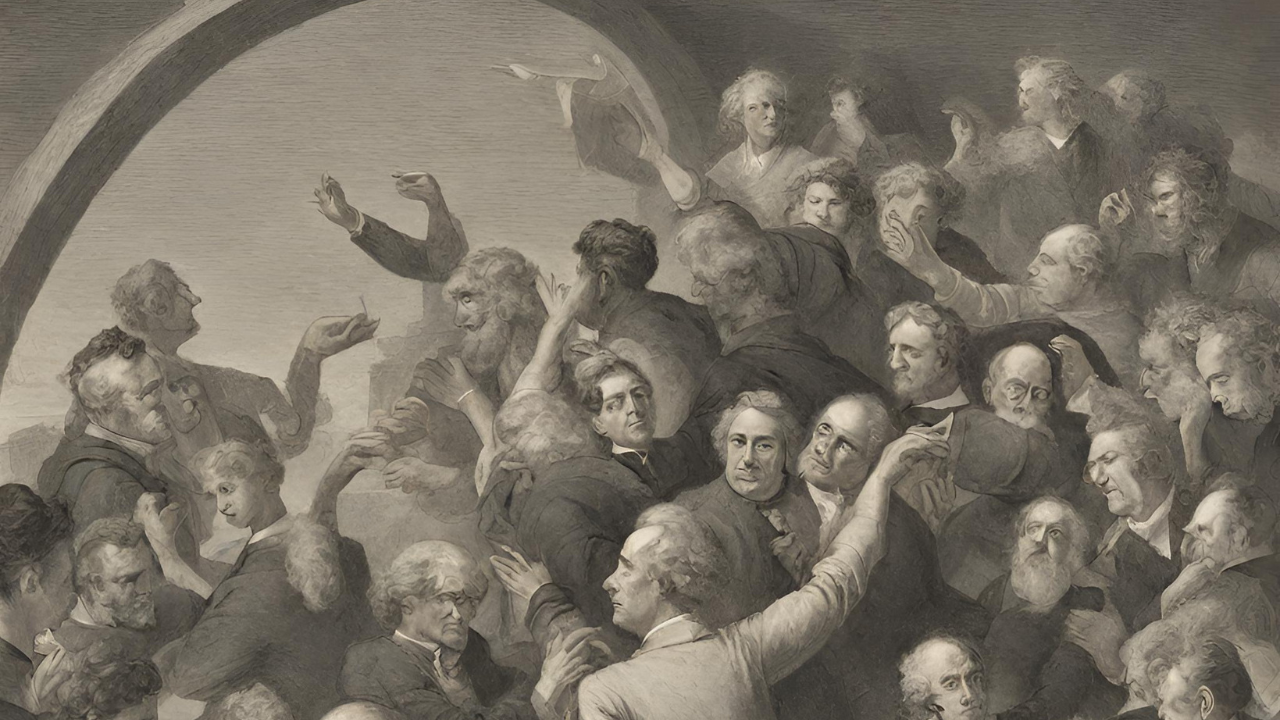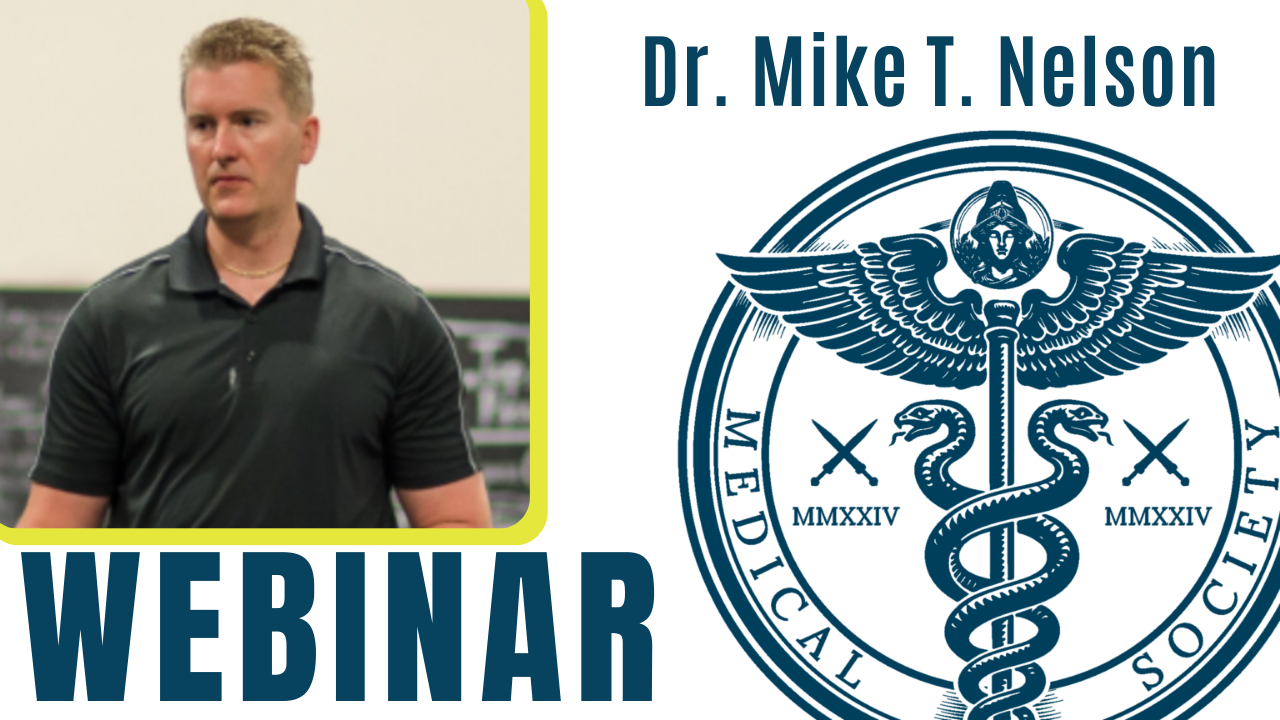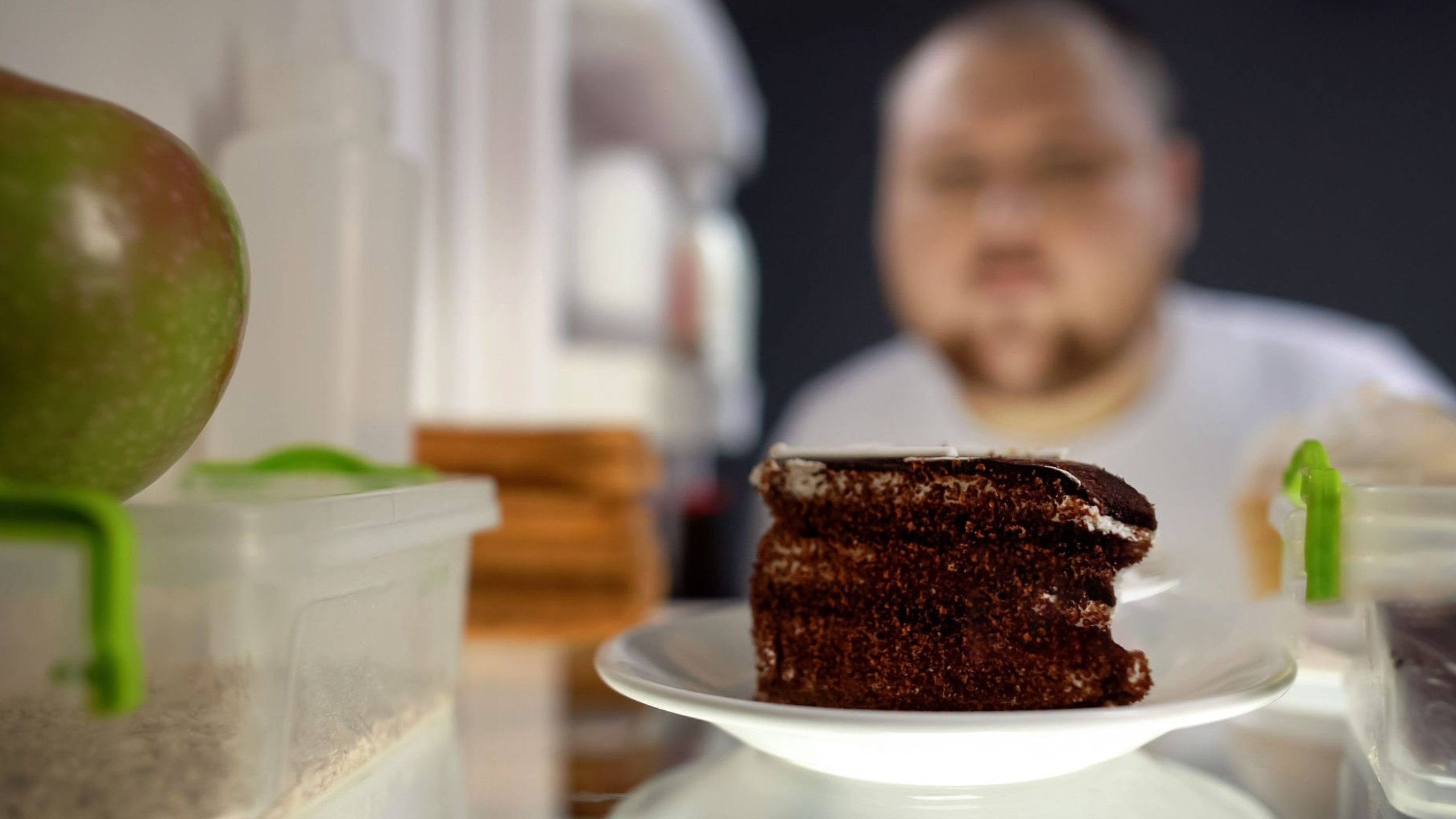Summary
In this article, Jeff Glassman argues that the validity of scientific models should be judged based on a hierarchy of conjecture, hypothesis, theory, and law. He provides definitions and examples of each, emphasizing that science relies on facts and measurements compared against standards. Glassman is critical of views that improperly promote models, like intelligent design or anthropogenic climate change, as validated theories when they are really just conjectures. He contends public policy should not be based on unvalidated models, as that is unethical. Glassman advocates for greater public scientific literacy regarding the basis of rational argument and the process of advancing models from conjecture to theory to law. His framework aims to equip laypeople to better evaluate scientific claims and guard against the exploitation of science.
In this article, Jeff Glassman talks about the validity of scientific models and the differences between theory and conjecture. Scientists use models to understand the world. These models start as simple ideas called conjectures. As more evidence is gathered, conjectures can become stronger models called hypotheses. With even more proof, hypotheses can turn into theories. Theories with evidence of validation become scientific laws.
There are rules for this process. First, science relies on facts and measurements. Models must fit all the data, not just some of it. A model gains strength by making new predictions that are then tested. Arguments should be based on evidence available to anyone.
Sometimes people call weak models “theories” when they really are just conjectures. Glassman uses the concept of “intelligent design” to illustrate conjecture. Intelligent design is the idea that living things are so complex, someone must have designed them. Those who believe in intelligent design think parts of life, like the human eye, could not have formed by chance. Instead, they believe a higher being, like a god,helped make living things what they are. Glassman points out that often “intelligent design” is thought of as a “theory” but it is not proven. So it is a conjecture. People also call global warming a fact. But it's still a conjecture, not a full scientific theory. More testing is needed first.
When people promote conjectures as proven theories, which can mislead the public. People mistake an idea for a proven fact when it is just an idea, or a guess. Scientists must be careful and honest when using about models and talking about their findings not to over estimate what they have found or what is “proven” by the model. They should explain the staging involved in modeling and clearly let people know where they are in the continuum of conjecture, hypothesis, theory and law. . Students should learn the difference between conjectures and theories. This will help them tell good science from bad science. It will allow them to detect when a scientist is over stating their results .
In summary, models grow step-by-step from conjectures to hypotheses to theories to laws. Scientists must test their models at each stage. Facts and measurements guide the process. Students should understand this model pathway. Knowing it helps tell strong science from untested ideas. This protects the public from misleading claims. It improves science literacy for everyone.
--------- Original ---------
Last year, Lee Smolin published a book with a most provocative title: The Trouble with Physics: The Rise of String Theory, the Fall of a Science, and What Comes Next. This title promises brimstone for the fire of creationism, and that should sell an extra few thousand copies.
If mathematics is the Queen of Science (borrowing from Mathematics: Queen and Servant of Science, a classic by Eric Temple Bell), then physics is the King. It has been the exemplar of science. So, has the revolution begun?
In the following article written by Jeff Glassman, he dives into the intricate world of scientific modeling, highlighting the stages of development and the importance of distinguishing between established facts and mere speculation. Glassman sheds light on how models evolve based on evidence and discusses the standards that should be adhered to in scientific investigations.
Scientists use models to represent things in the real world. These models start as conjectures and can become stronger as more evidence supports them. Conjectures with some evidence become hypotheses. Extensively tested hypotheses grow into theories. Theories with vast amounts of evidence that show predictive value, meaning the results are close to the same every time they are replicated, become scientific laws.
There are standards for this process. Science relies on measurable facts, not guesses. Models must accurately describe all relevant data. Predictions are made from models and checked by experiments. Arguments should be logical and based on publicly available evidence.
Sometimes weak models are incorrectly called theories. An example of this is "intelligent design," which suggests that certain features of the universe and living things are best explained by an intelligent cause or higher power, not an undirected process like natural selection. Since there is no observable proof of this idea, it remains conjecture and cannot progress to the next stage of hypothesis until there is more evidence available to test.
Other times, ideas lacking proof are claimed as fact, as with global warming. But calling something a theory without thorough testing misinforms the public. People may think an idea is proven when it's not. Scientists must honestly communicate the level of confidence for a model, from conjecture to law. Students should learn these distinctions. It will help them identify solid science versus untested claims.
Public policy shouldn't be based on unproven models. Doing so is unethical. But this often occurs on controversial topics. To protect against misuse of science, improved scientific literacy is needed. Understanding the model levels empowers students to recognize credible science versus unsupported opinions. This promotes progress based on models vetted by facts, not popularity.
In summary, models advance stepwise from conjectures to laws by rigorous testing. Facts guide this process. Students should learn the model hierarchy. This helps identify established science versus speculation, protecting society from misleading assertions. It improves science literacy for all.
--------- Original ---------
Last year, Lee Smolin published a book with a most provocative title: The Trouble with Physics: The Rise of String Theory, the Fall of a Science, and What Comes Next. This title promises brimstone for the fire of creationism, and that should sell an extra few thousand copies.
If mathematics is the Queen of Science (borrowing from Mathematics: Queen and Servant of Science, a classic by Eric Temple Bell), then physics is the King. It has been the exemplar of science. So, has the revolution begun?
Last year, Lee Smolin published a book with a most provocative title: The Trouble with Physics: The Rise of String Theory, the Fall of a Science, and What Comes Next. This title promises brimstone for the fire of creationism, and that should sell an extra few thousand copies.
If mathematics is the Queen of Science (borrowing from Mathematics: Queen and Servant of Science, a classic by Eric Temple Bell), then physics is the King. It has been the exemplar of science. So, has the revolution begun?
Let's start with the truth!
Support the Broken Science Initiative.
Subscribe today →
recent posts
Metabolic Flexibility to Burn Fat, Get Stronger, and Get Healthier
Expanding Horizons: Physical and Mental Rehabilitation for Juveniles in Ohio



